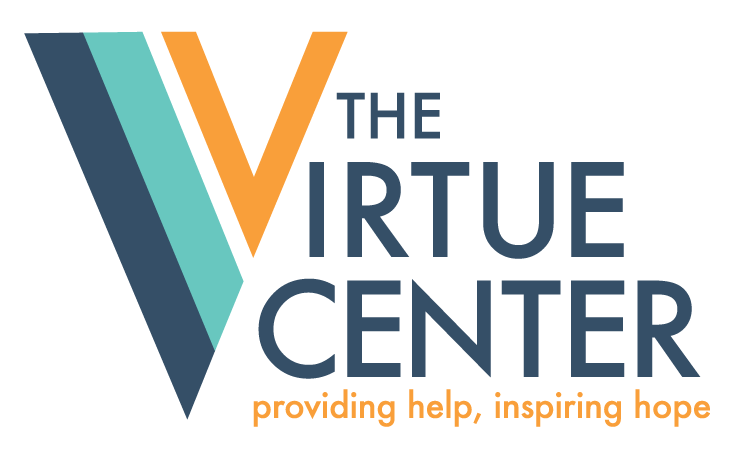April is Alcohol Awareness Month
Alcohol consumption is part of our culture, and in a college town like Norman, it’s woven into the fabric of our sporting events. We celebrate special times with a toast or two, and fine wine tasting paired with not so tasteful art has become a thing. It’s legal if you are over 21, and it’s socially acceptable even if you are not over 21. With all the other drugs that have become available, why is alcohol even a thing? It’s not a thing if you do not have the disease of alcoholism and if you are of age. It’s important to understand the impact that alcohol can have on lives of people like you and me in order to make healthier choices.
The NCADD (National Council on Alcoholism and Drug Dependence, Inc.) established Alcohol Awareness Month in 1987 to help reduce the stigma associated with alcoholism. NCADD reports that alcohol is the most commonly used addictive substance in the United State: 17.6 million people, or one in 12 adults, suffer from alcohol abuse or dependence along with several million more who engage in risky, binge drinking patterns that could lead to alcohol problems. More than half of all adults have a history of family alcoholism or problem drinking, and more than 7 million children live in a household where at least one parent is dependent on or has abused alcohol.
This year’s theme is “It’s Not a Rite of Passage” pertains to the culturally acceptable belief that underage drinking is a rite of passage. As alcoholism is a brain disease, alcohol is extremely detrimental to the development of young brains. Research is showing that the brain is still developing up to 25 years of age and beyond. The majority of the clients for which The Virtue Center has provided treatment for alcoholism started when they were children or teenagers. The younger a person starts misusing alcohol, the progression of the disease is much more rapid and can have long-term effects on the development of the brain. Any alcohol use by those under the legal age of 21 is considered misuse.
Underage drinking is prevalent in Oklahoma. The Substance Abuse and Mental Health Services Administration (SAMHSA) reports that in 2020:
16.9% of youth ages 12 to 20 years consumed alcohol in the past 30 days while 10.5% participated in binge drinking (5 or more drinks in one setting) in the past 30 days. A further breakdown shows a significant increase from ages 12-14: 2.2% consumption and 0.9% binge drinking to ages 15-17: 13.3% consumption and 8.6% binge drinking and to ages 18-20: 37.3% consumption and 23.4% binge drinking. There were 71 alcohol-attributable deaths which represents 4,326 years of potential life loss. 15% of all fatal crashes involved a 15- to 20-year-old driver with blood alcohol concentration greater than 0.01%.
Education is an important factor to preventing underage alcohol consumption. Let’s talk about it in schools as a public health issue. It’s important for families to have discussions with their children, set expectations for no underage use, and be aware if alcoholism runs in their families. Let’s not sweep it under the carpet. Laws and policies are critical factors too. The more we understand as a community the serious health issue of underage drinking, the more support we can give to families struggling with this. Underage drinking is not a rite of passage to adulthood; It’s a rite of passage to harmful effects on brain development, poor health and in some cases, early death.
Teresa Collado, MHR, is the executive director of The Virtue Center, a United Way of Norman Partner agency and funded in part by the Oklahoma Department of Mental Health & Substance Abuse Services. Their mission is to be a place of help and hope for people facing addiction and mental health challenges. For more information, contact 405-321-0022 or www.thevirtuecenter.org.
